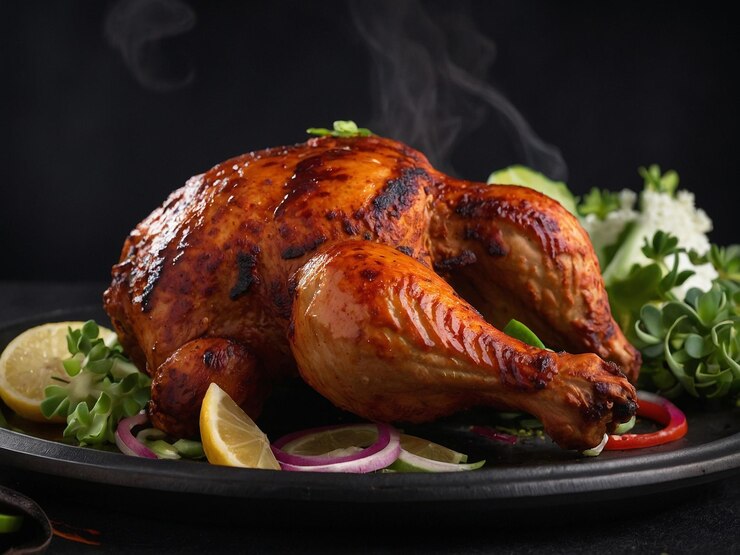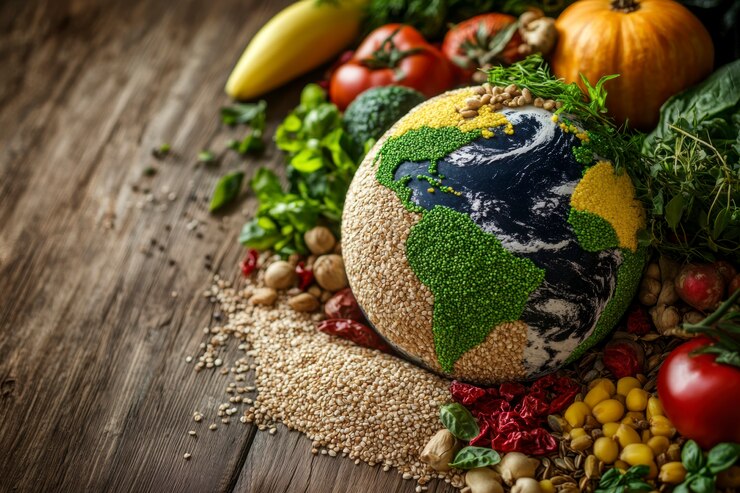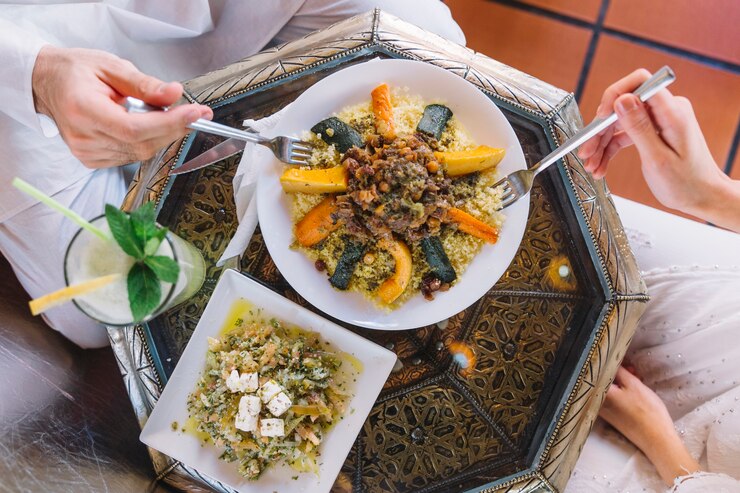Chicken, or Pollaste, as it’s known in certain cultures, is one of the most versatile and widely consumed meats across the globe. Whether it’s grilled, roasted, fried, or simmered in a stew, chicken has become a staple in many households and cuisines. In this article, we’ll explore the world of Pollaste, from its nutritional benefits and popular cooking methods to tips on buying and storing chicken safely. If you’re a fan of this delicious bird, keep reading to learn more!
Why Chicken (Pollaste) is So Popular
There are many reasons why chicken has become a favorite in kitchens worldwide. It’s not just about taste, but also about its nutritional value, affordability, and versatility in various recipes.
Nutritional Value of Chicken
Chicken is known for being a lean source of protein, making it a great choice for those looking to maintain a healthy diet. It’s rich in essential vitamins and minerals such as B vitamins, phosphorus, and selenium, all of which play key roles in maintaining a healthy metabolism, strengthening the immune system, and supporting bone health.
Low in Fat
One of the key benefits of eating Pollaste is its low fat content, especially when consuming skinless chicken breast. It’s ideal for those who are watching their calorie intake or aiming to reduce their fat consumption while still meeting their protein needs.
Versatility in the Kitchen
Perhaps one of the biggest draws of chicken is its versatility. Whether you’re making a simple weeknight dinner or preparing an elaborate feast, Pollaste can adapt to a wide variety of flavors and cooking methods. From curries and stir-fries to soups and grilled dishes, chicken can take on just about any role in a meal.
Popular Chicken Dishes Around the World
Chicken has made its way into nearly every type of cuisine around the world. Here are some of the most popular and mouth-watering chicken dishes from different regions:
Chicken Tikka Masala (India)
Chicken Tikka Masala is a flavorful dish made with marinated chicken that’s grilled and then simmered in a creamy, spiced tomato sauce. It’s one of the most popular chicken dishes in Indian cuisine, known for its rich flavors and aromatic spices.
Coq au Vin (France)
This French classic involves slowly braising chicken in red wine, along with vegetables, garlic, and herbs. The result is tender, flavorful chicken infused with the depth of the wine and aromatics.
Jerk Chicken (Jamaica)
Jerk chicken is marinated in a spicy mixture that includes Scotch bonnet peppers, allspice, and thyme before being grilled to perfection. The smoky, spicy flavor is a hallmark of Caribbean cuisine and has made this dish famous worldwide.
Pollo Asado (Mexico)
Pollo Asado is a Mexican grilled chicken dish that’s marinated in citrus juices, garlic, and spices. It’s commonly served with rice, beans, and tortillas for a complete meal bursting with zesty flavor.
Fried Chicken (USA)
Fried chicken is a beloved comfort food in the United States. The chicken is typically marinated, breaded, and deep-fried to create a crispy, golden exterior with juicy meat inside. It’s often served with sides like mashed potatoes, coleslaw, and biscuits.
How to Cook Chicken: Methods and Tips
Chicken can be prepared in countless ways, but each cooking method has its own set of best practices to ensure the best results. Here are some of the most common methods for cooking Pollaste, along with tips to help you perfect each one.
Grilling
Grilling chicken is a great way to get that smoky, charred flavor. Bone-in, skin-on pieces like chicken thighs or legs work particularly well for grilling, as they stay juicy over high heat. To prevent the chicken from sticking to the grill, make sure to oil the grates, and always cook over medium heat to avoid burning the outside before the inside is fully cooked.
Baking or Roasting
Roasting chicken is one of the easiest ways to cook it to juicy perfection. Simply season the chicken with your favorite herbs and spices, then bake it in the oven at 375°F (190°C) for about 25-30 minutes for boneless chicken breasts, or longer for a whole chicken. For crispy skin, consider roasting at a higher temperature, around 425°F (220°C), for the final 10 minutes.
Frying
Fried chicken is delicious but can be tricky to get just right. To achieve a crispy, golden crust, make sure to dredge the chicken pieces in seasoned flour or batter before frying in hot oil. Use a thermometer to maintain the oil temperature at around 350°F (175°C), and fry the chicken in batches to prevent overcrowding, which can lower the oil temperature and result in greasy chicken.
Boiling or Poaching
For a healthier preparation, consider boiling or poaching chicken. This method is perfect for creating tender, moist chicken that can be shredded for soups, salads, or sandwiches. Simply simmer chicken breasts in water or broth with seasonings for about 15-20 minutes, depending on the size of the pieces.
Sautéing
Sautéing is a quick and easy method, especially for boneless, skinless chicken breasts or thighs. Heat a small amount of oil in a pan, season the chicken, and cook it over medium-high heat for about 6-7 minutes per side, until golden brown and cooked through.
How to Buy and Store Chicken Safely
When buying chicken, it’s important to ensure that it’s fresh and properly stored to prevent foodborne illnesses.
Buying Tips
- Look for chicken with pink flesh and no gray or off-color spots.
- Fresh chicken should have little to no odor. If it smells sour or off, it’s best to avoid it.
- Always check the expiration or sell-by date on the packaging.
Storing Chicken
- Refrigerating: Fresh chicken should be stored in the fridge at 40°F (4°C) or lower and consumed within 1-2 days of purchase. Make sure to keep it in its original packaging or place it in a sealed container to prevent cross-contamination.
- Freezing: If you’re not planning to use the chicken right away, it can be frozen for up to 9 months. To prevent freezer burn, wrap it tightly in plastic wrap or aluminum foil before placing it in a freezer-safe bag or container.
Thawing Chicken
Thaw frozen chicken in the fridge overnight for best results. Avoid leaving chicken out at room temperature, as this can promote bacterial growth. You can also thaw chicken in cold water, but be sure to cook it immediately after thawing.
Nutritional Benefits of Chicken (Pollaste)
Chicken is a nutritional powerhouse, providing many essential nutrients while being relatively low in fat and calories compared to other meats.
Protein Powerhouse
Chicken is an excellent source of high-quality protein, which is crucial for muscle repair, immune function, and overall growth. A 3-ounce (85g) serving of chicken breast contains around 26 grams of protein, making it ideal for those looking to build or maintain muscle mass.
Vitamins and Minerals
Chicken is rich in B vitamins, including niacin (B3), which supports energy production and brain health, and vitamin B6, which plays a role in metabolism and immune function. It also contains minerals like phosphorus, which is essential for bone health, and selenium, an antioxidant that helps protect cells from damage.
Low in Fat
When opting for lean cuts like skinless chicken breast, you get a protein-packed meal that’s low in fat. This makes chicken a go-to choice for individuals trying to manage their weight or reduce their saturated fat intake.
Conclusion
Pollaste, or chicken, is an incredibly versatile and nutritious food that has earned its place as a staple in kitchens worldwide. Whether you’re grilling, roasting, frying, or simmering it in a stew, chicken offers endless possibilities for delicious and healthy meals. With its high protein content, essential nutrients, and low fat, it’s no wonder that chicken remains a favorite among health-conscious eaters and food lovers alike. The next time you’re at the grocery store or planning dinner, consider Pollaste as a delicious and nutritious option.








